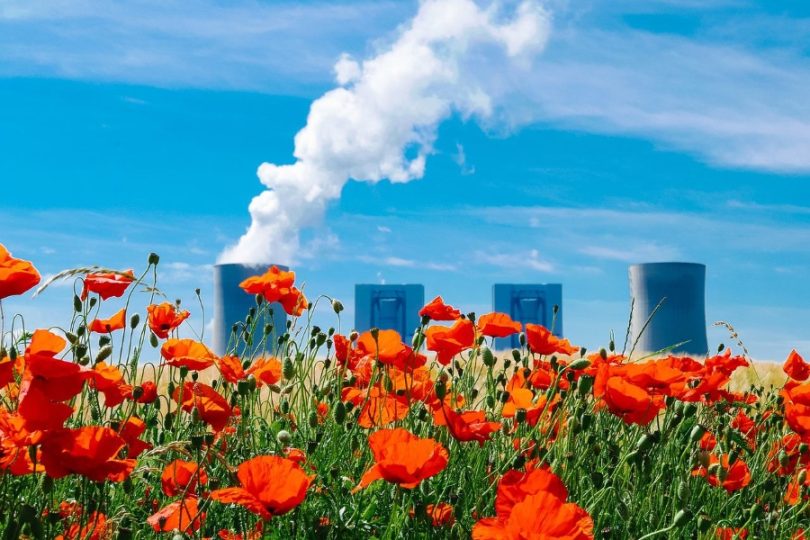[ad_1]

India may require an investment of over USD 10 trillion to achieve its net-zero target by 2070, according to the Centre for Energy Finance (CEEW-CEF), which is one of the leading think-tanks of Asia.
Aligned with India’s target of achieving a net-zero carbon economy by 2070, General Electric (GE) and EY have recently launched their whitepaper titled ‘Decarbonization of India’s energy sector: Policy roadmap to achieve clean energy targets’.The whitepaper suggests a strategic combination of renewables, gas, and storage for a most effective energy transition.
Sharing comprehensive insights on realizing India’s green energy potential, the whitepaper makes four key strategic recommendations that include leveraging carbon capture technologies and green hydrogen, among others.
- Overcome import-dependence in the energy sector through measures that incentivize domestic production, like the Production Linked Incentive (PLI) scheme.
- Leverage carbon capture technologies for the usage of coal-based energy, which is the largest source of primary energy and is domestically sourced.
- Encourage the promotion of green hydrogen through demand-side incentives and policies to bring down costs.
- Most importantly, create carbon markets and incentives for the adoption of clean energy technologies. India also needs to undertake several policy measures to help deepen the green bond market to facilitate financing.
The GE-EY whitepaper highlights that India would continue to rely on coal power, at least in the near future. The country, thus, needs to focus on and incentivize cleaner coal technology to further reduce carbon emissions.
Mentioning the country’s progress in transition to renewable energy sources, the report said that — “The significant progress by the renewables energy sector in India –including a four-fold increase in renewable energy capacity in less than eight years is a remarkable success story.”
 |
India is already the 4th largest in the world in terms of installed wind energy capacity and has potential to grow to a much larger size.
Despite the progress, India’s current energy reliance is primarily from coal and crude oil. It would take large investments to replace these with clean energy sources. India has been and is projected to be amongst the fastest growing economies globally.
According to CEA (Central Electricity Authority) estimates, India would require 3.5 trillion units (TUs) of electricity by 2036-37 to support a 7.3% economic growth rate as against 1.37 TUs,in 2021-224.
For a large-scale decarbonization, the whitepaper suggests on taking steps to transform the electricity grid from a centralized one-way carrier of electricity to a more decentralized grid with the capability to move electricity in both directions.
At present, India is decarbonizing its economy primarily through the promotion of renewable energy, incentivizing Electric Vehicles usage, electrification of transportation systems and energy efficiency, among others.
[ad_2]
Source link








